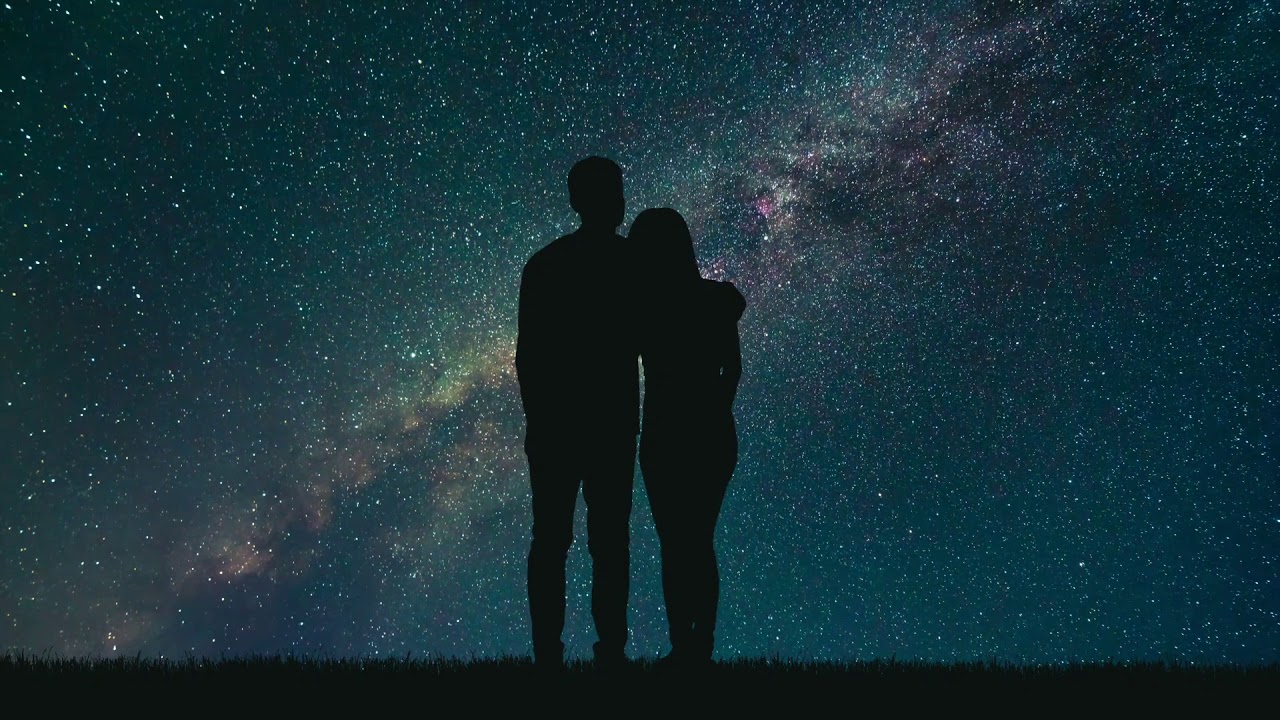The Leonids Occur Tonight!

https://www.instagram.com/p/CWWmZeMtzOq/?utm_source=ig_web_copy_link
It’s mid-November and it is that time of year again, time for the Leonid Meteor shower which will happen around November 16, which is tonight and tomorrow, November 17.
The shower occurs when the Earth crosses paths with the commentary debris of Comet 55P/Temple-Tuttle. When the debris vaporizes when it hits the atmosphere causing what we call the Leonid meteor shower.
The Leonids (/ˈliːənɪdz/ LEE-ə-nidz) are a prolific meteor shower associated with the comet Tempel–Tuttle, which are also known for their spectacular meteor storms that occur about every 33 years. The Leonids get their name from the location of their radiant in the constellation Leo: the meteors appear to radiate from that point in the sky. Their proper Greek name should be Leontids (Λεοντίδαι, Leontídai), but the word was initially constructed as a Greek/Latin hybrid[citation needed] and it has been used since. They peak in the month of November.
Earth moves through the meteoroid stream of particles left from the passages of a comet. The stream comprises solid particles, known as meteoroids, ejected by the comet as its frozen gases evaporate under the heat of the Sun when it is close enough – typically closer than Jupiter’s orbit. The Leonids are a fast moving stream which encounter the path of Earth and impact at 72 km/s. Larger Leonids which are about 10 mm across have a mass of half a gram and are known for generating bright (apparent magnitude −1.5) meteors. An annual Leonid shower may deposit 12 or 13 tons of particles across the entire planet.
The meteoroids left by the comet are organized in trails in orbits similar to – though different from – that of the comet. They are differentially disturbed by the planets, in particular Jupiter[7] and to a lesser extent by radiation pressure from the sun, the Poynting–Robertson effect, and the Yarkovsky effect. These trails of meteoroids cause meteor showers when Earth encounters them. Old trails are spatially not dense and compose the meteor shower with a few meteors per minute. In the case of the Leonids, that tends to peak around 18 November, but some are spread through several days on either side and the specific peak changes every year. Conversely, young trails are spatially very dense and the cause of meteor outbursts when the Earth enters one.
The Leonids also produce meteor storms (very large outbursts) about every 33 years, during which activity exceeds 1,000 meteors per hour, with some events exceeding 100,000 meteors per hour, in contrast to the sporadic background (5 to 8 meteors per hour) and the shower background (several meteors per hour).







